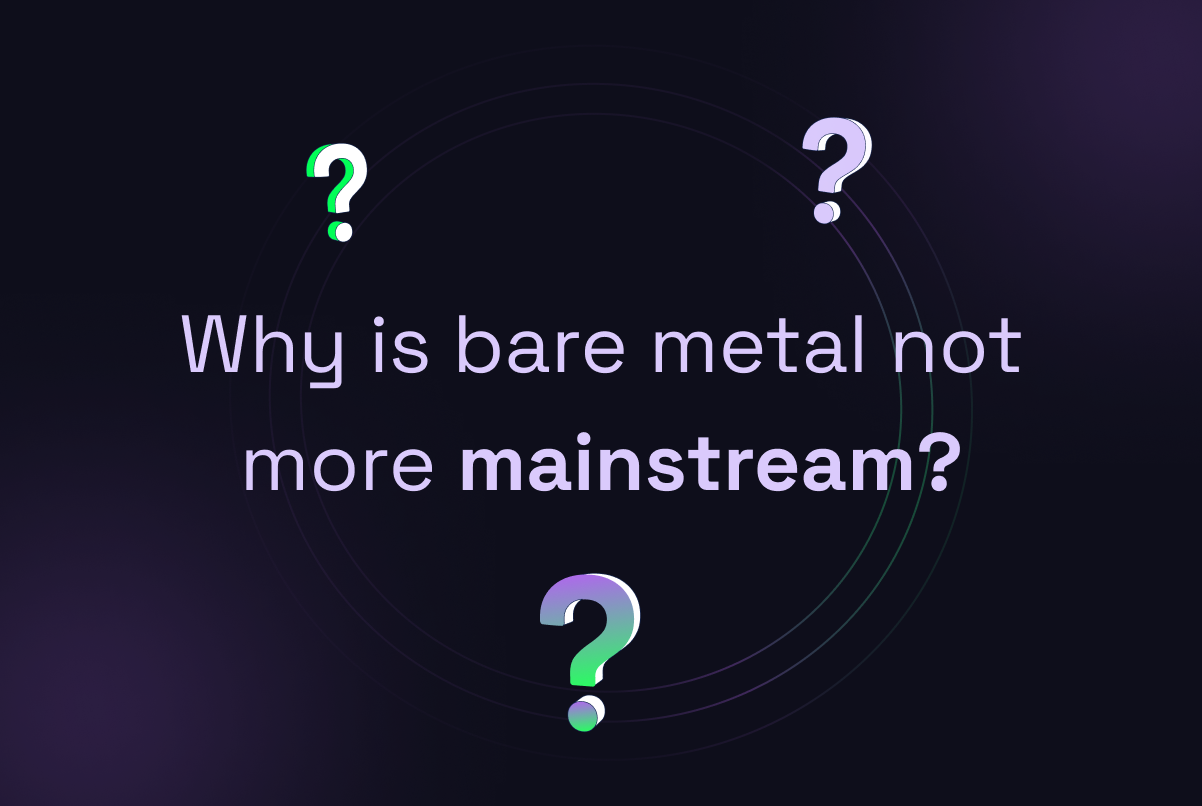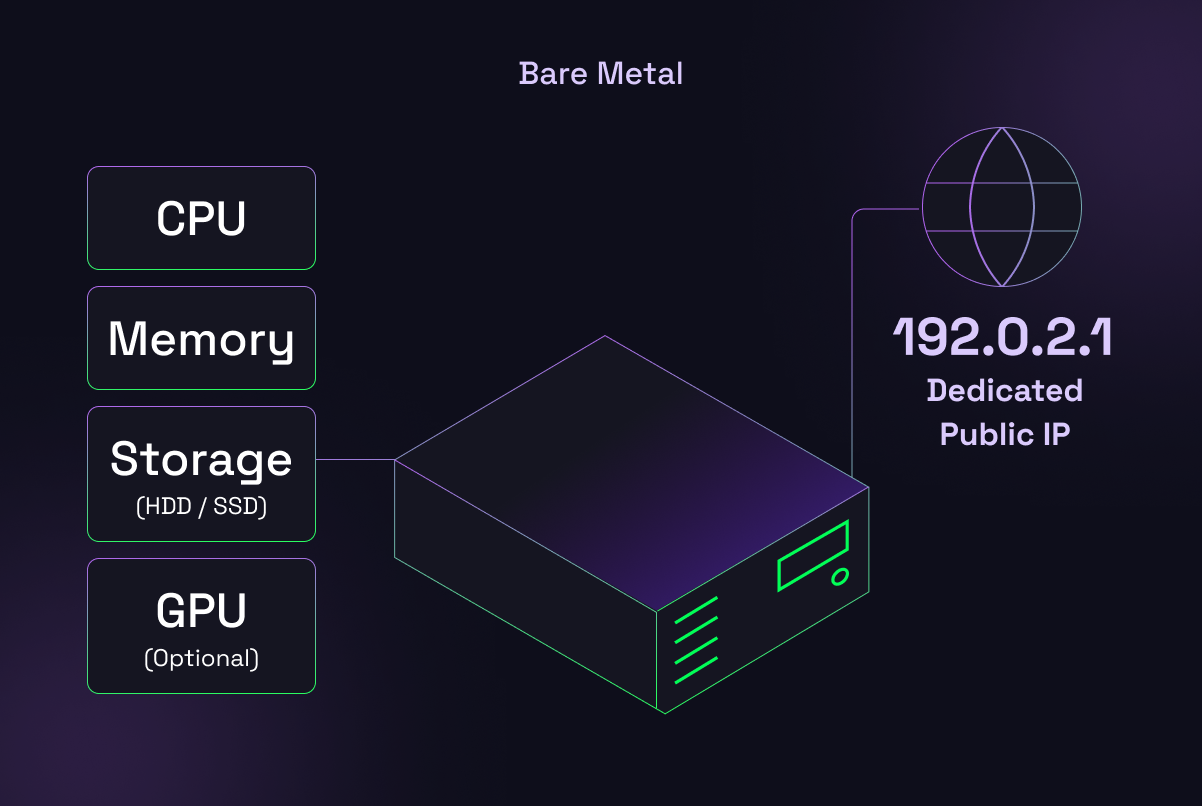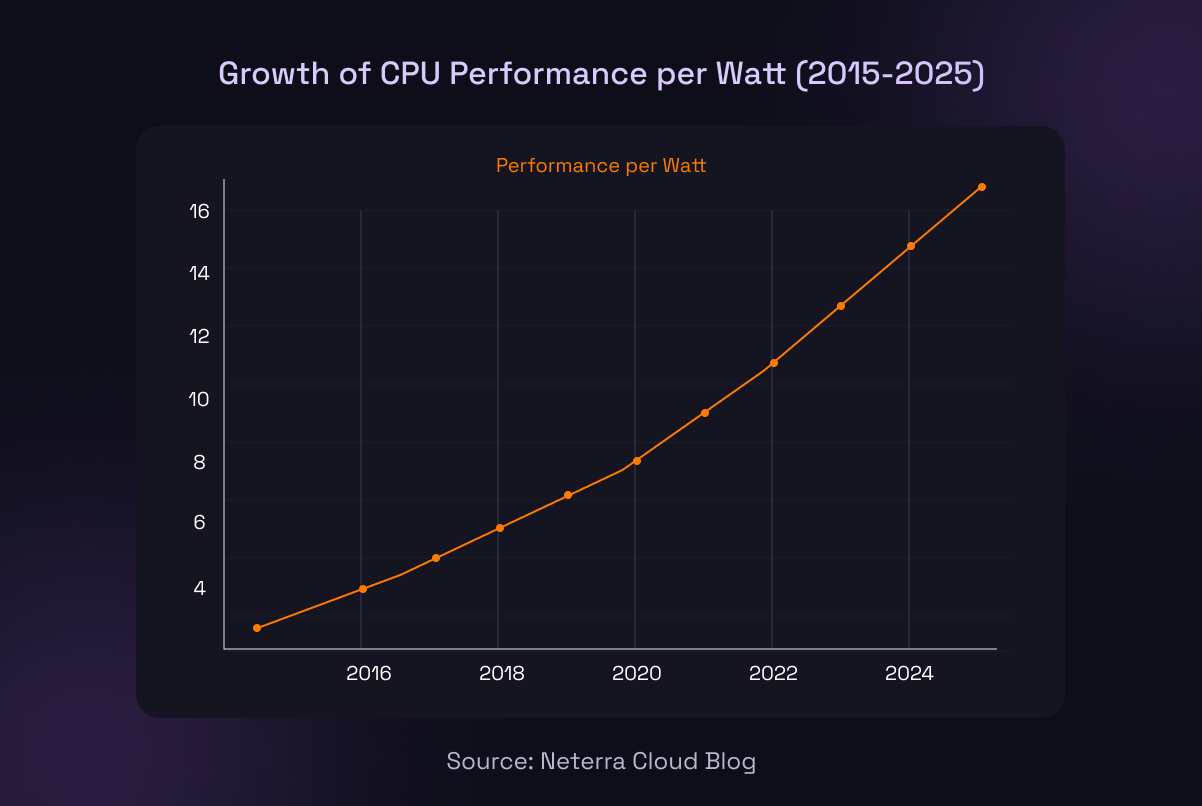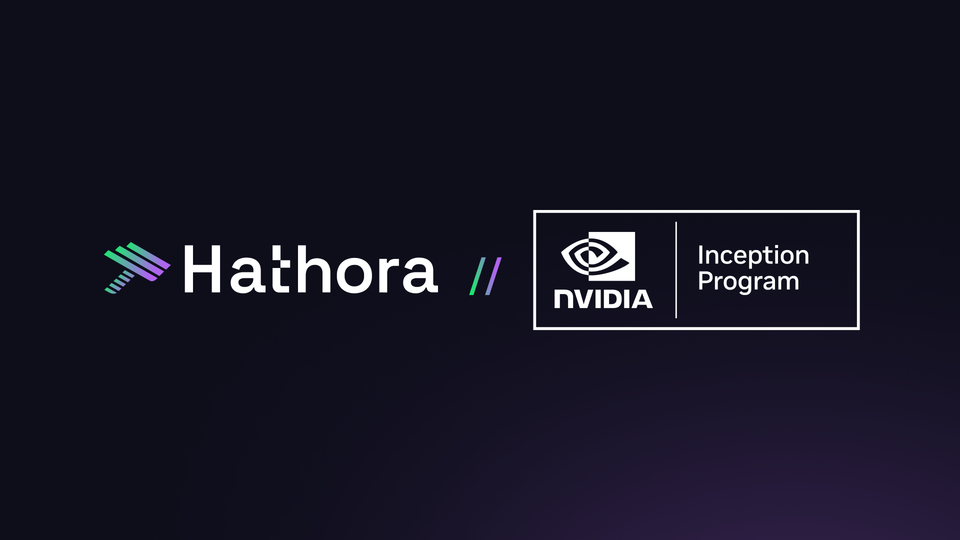Why is bare metal not more mainstream?

For many people, data center compute is synonymous with cloud hyperscalers like AWS, GCP, and Azure. This has replaced the legacy on-prem model, which involved buying and racking your own hardware. But what many don’t realize is that there’s something in between, called bare metal. As the name implies, it’s more bare-bones than the hyperscalers but the cost difference is staggering.
At scale, bare metal can cut compute costs by up to 50% and bandwidth costs by over 90%. Despite these cost benefits, most businesses trade the savings of bare metal for the elasticity and simplicity of the cloud.
Throughout my career, I’ve gained insights on both ends of the spectrum. While working on EC2 Capacity at AWS, I learned about the operations of a hyperscaler. At Hathora, I’ve seen the benefits of operating leased bare metal on behalf of customers.
Bare metal works and in the right hands, it’s a serious advantage. So why isn’t everyone using it? Let’s get into it.
But first, what is bare metal?
Put simply, bare metal is a physical server in a data center. You can buy the servers outright and host it yourself or pay to have it hosted in a colocation facility. You can also lease bare metal from a provider on monthly or annual contracts.
Either way, you’re not renting slices of a shared machine, you’re getting the whole box.
A typical bare metal server includes everything you’d expect from a physical machine: CPU, memory, storage (HDD or SSD), network cards, and optionally GPUs. Most providers also include a dedicated public IP address, so your server is accessible over the internet.

Challenge #1: Inelasticity of pure bare metal
Scaling on bare metal isn’t as simple as adding nodes to a cluster, it’s a supply chain problem. Bare metal forces you into precise capacity planning . Predicting peak usage, ordering hardware, awaiting delivery, and configuring infrastructure must all happen long before capacity is actually needed.
Since there’s no elasticity built into bare metal, you have to plan for peak demand. Most of the time, that means over-provisioning and running with low utilization. That’s especially painful for workloads with unpredictable or bursty demand, like games or retail events. You’re forced to buy capacity just in case.
One way to solve this problem is to run your base workloads on bare metal at a lower cost, and rely on the cloud only when you need to scale beyond that. This way, you get the savings of bare metal with the on-demand flexibility of the cloud.
Challenge #2: Capital overhead causes risky budgeting
Cloud infrastructure operates as Operational Expense (OpEx), you pay for what you use, when you use it. It’s billed per second or minute, making it easy to match spend with actual demand.
Bare metal, on the other hand, is a Capital Expense (CapEx). You’re purchasing or leasing entire servers, often under long-term contracts, without clear visibility into how your needs will evolve.
And here’s the kicker: hardware doesn’t wait. In just the past year, general-purpose CPU performance per watt has jumped nearly 20%. And don’t even get me started on GPUs. If you’re stuck on aging machines with long-term contracts, you’re falling behind competitors who can adopt new tech.

These fixed costs don’t flex with usage either. You pay regardless of whether the servers are running at 90% utilization or sitting idle. But for workloads that are consistent with high utilization, bare metal can be incredibly cost-effective.
Challenge #3: Orchestration on bare metal is hard
Every feature your team ships ultimately runs on hardware and if you’re managing that hardware yourself, infrastructure becomes a bottleneck.
Bare metal doesn’t come with built-in orchestration, monitoring, or storage. You’re responsible for everything. Even something as routine as patching or upgrading software requires careful coordination. You often need to take machines out of rotation, spin up replacements, and shift traffic, all without impacting your customers. That’s a high operational burden for any team.
To use bare metal, you'll face a high upfront cost to build a platform for orchestration and monitoring. You'll also need a team to manage it. However, over time you can realize significant cost savings.
Conclusion
Given all these challenges, it's understandable why so few companies invest in their own bare metal capacity. But imagine if we could make bare metal as convenient and flexible as the cloud, allowing mature companies to unlock substantial cost savings without sacrificing agility. At Hathora, we believe we're onto something exciting here, stay tuned!
What is Hathora?
Hathora abstracts the complexities of managing bare metal, while maintaining your company’s ability to calculate server costs as OpEx. Our hybrid infrastructure solution blends bare metal and cloud to cover stable compute and burst capacity in the most efficient and cost effective way possible.




